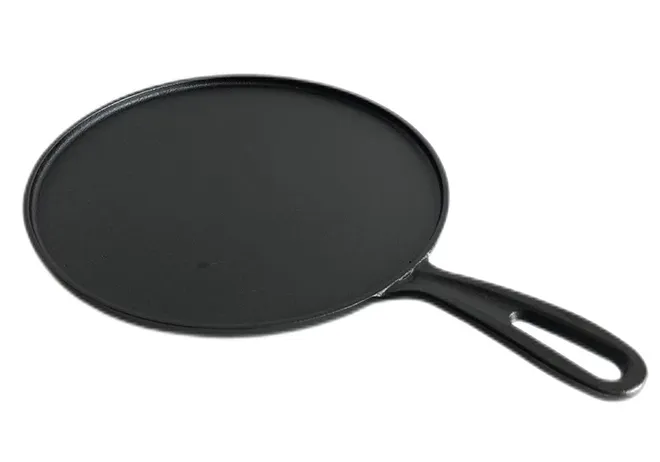
what material are woks made of
Woks are essential cooking vessels in many Asian cuisines, beloved for their versatility and efficiency in preparing a variety of dishes. The material from which a wok is made plays a crucial role in its cooking performance, heat distribution, and durability. In this article, we will explore the common materials used to make woks, highlighting their unique properties, advantages, and disadvantages.
1. Carbon Steel Carbon steel is one of the most popular materials used in the production of woks. These woks are typically lightweight yet sturdy, allowing for easy handling and tossing of ingredients. Carbon steel woks heat up quickly and distribute heat evenly, making them ideal for high-heat cooking techniques such as stir-frying. One significant advantage of carbon steel is its ability to develop a natural non-stick surface through seasoning, which enhances its performance over time. However, these woks require careful maintenance to prevent rust, as they are prone to corrosion if not properly dried and oiled after use.
.
3. Stainless Steel Unlike carbon steel and cast iron, stainless steel woks are resistant to rust and corrosion, making them very easy to maintain. They are often equipped with an aluminum or copper core to enhance heat conductivity, allowing for better heating distribution. While stainless steel woks can operate at high temperatures, they do not develop a non-stick surface naturally, and food may stick if not enough oil is used. Despite this, they are very popular for their durability and resistance to staining.
what material are woks made of

4. Non-Stick Coated Woks Non-stick woks are designed for those who prefer low-fat cooking and easy cleanup. These woks allow for effortless food release and require less oil, making them ideal for a healthier diet. However, the non-stick coating can wear off over time, especially if metal utensils are used, and they are not ideal for high-heat cooking methods as extreme temperatures can damage the coating.
5. Copper While less common, copper woks are praised for their superior heat conductivity and precise temperature control. However, they are usually lined with stainless steel to prevent reactions with acidic foods. Copper woks can be more expensive and require regular polishing to maintain their appearance.
In conclusion, the material choice for woks significantly affects their cooking performance, durability, and maintenance requirements. Whether you prefer the quick responsiveness of carbon steel, the heat retention of cast iron, the easy upkeep of stainless steel, the convenience of non-stick coatings, or the precision of copper, understanding the properties of each material will help you choose the right wok for your culinary needs. Each type brings its unique advantages, so it’s essential to consider your cooking style and preferences when selecting the perfect wok for your kitchen.
-
Season Cast Iron Perfectly with GPT-4 Turbo TipsNewsAug.01,2025
-
High Quality Cast Iron Cookware - Baixiang County Zhongda MachineryNewsAug.01,2025
-
Premium Cast Iron Pan: Durable & Perfect HeatNewsAug.01,2025
-
High Quality Kitchen Durable Black Round Cast Iron Cookware Pancake Crepe Pan-Baixiang County Zhongda Machinery Manufacturing Co., Ltd.NewsAug.01,2025
-
Cast Iron Cookware - Baixiang County Zhongda Machinery | Nonstick, Heat ResistanceNewsAug.01,2025
-
High Quality Kitchen Durable Black Round Cast Iron Cookware - Baixiang County Zhongda Machinery | Non-Stick, Heat Retention, DurableNewsJul.31,2025


